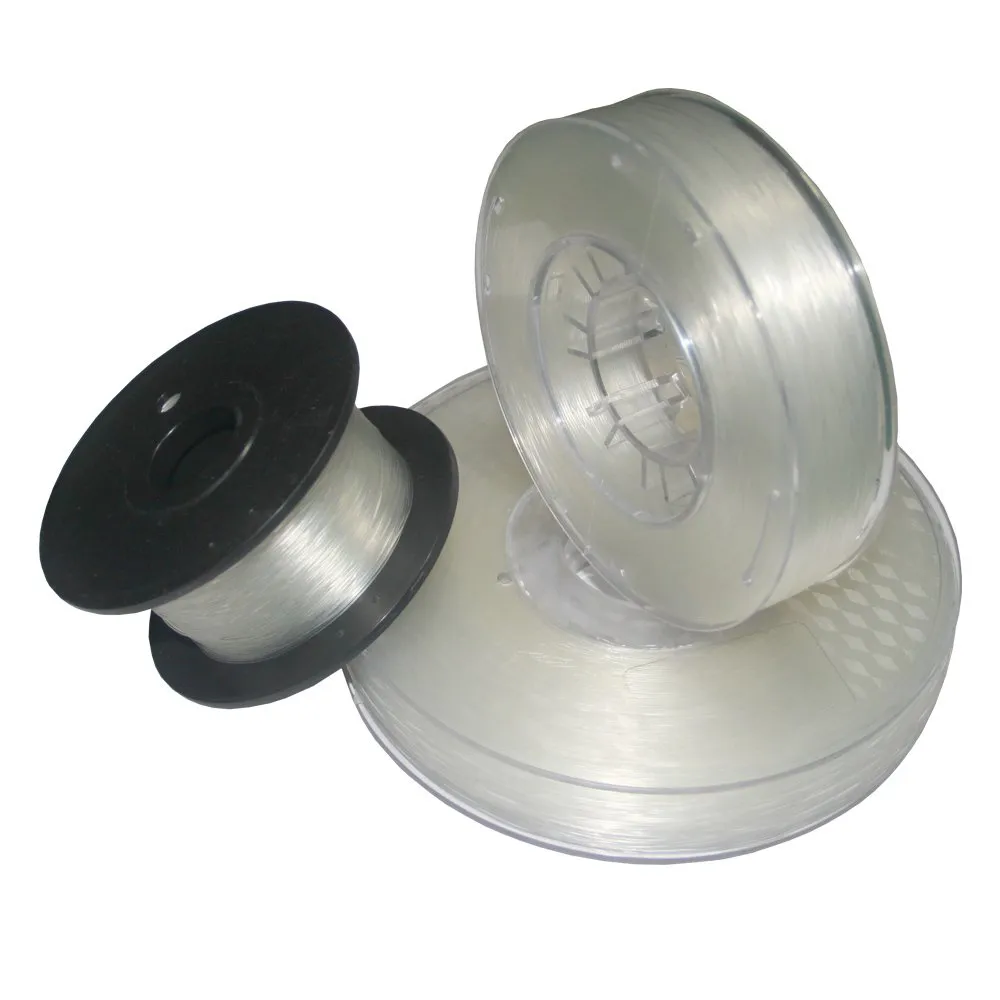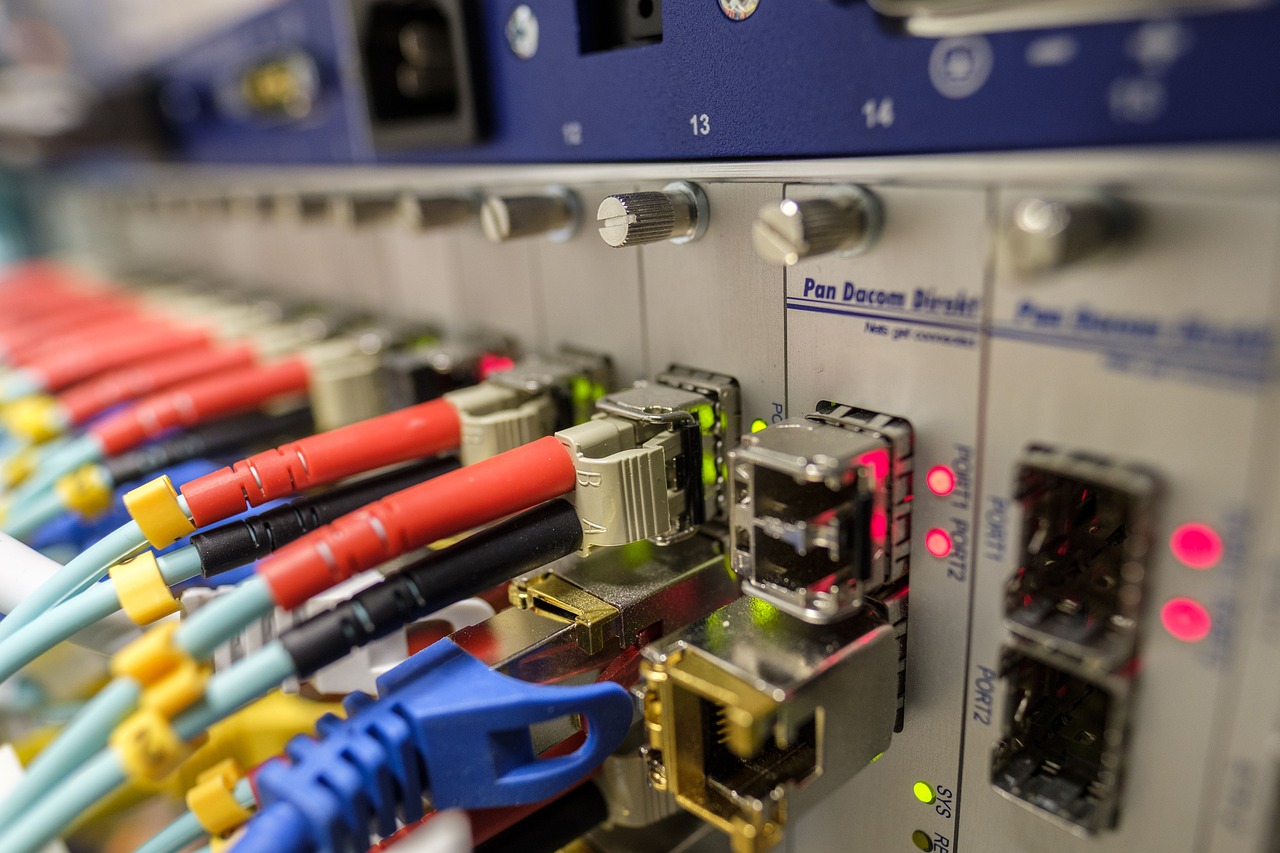How to Enhance Indoor Connectivity with FTTR Invisible Fiber Cables

Introduction to FiberOptic Technology
FiberOptic technology has revolutionized the way data is transmitted, offering unparalleled speed and reliability. In understanding the basics of FiberOptic connectivity, it's essential to grasp how light transmits data. Unlike traditional copper cables, which transmit electrical signals, FiberOptic cables use pulses of light to carry information. This method allows for faster data transmission over longer distances with minimal interference.
The evolution from copper to FiberOptic represents a significant upgrade in the field of telecommunications. As technology advances and the demand for high-speed internet grows, FiberOptic has emerged as the go-to solution for meeting these needs. The limitations of copper cables in terms of data capacity and speed have paved the way for the widespread adoption of FiberOptic infrastructure.
Comparing FTTH and FTTR Solutions
In the realm of FiberOptic technology, two primary solutions have emerged to enhance indoor connectivity: Fiber to The Home (FTTH) and Fiber to The Room (FTTR). Each solution offers distinct advantages and has contributed to the evolution of high-speed internet access.
Understanding FTTH (Fiber to The Home)
The traditional approach to FiberOptic installation, known as FTTH, involves the direct connection of FiberOptic cables from a central point directly to individual residences. This method requires extensive infrastructure development, including laying cables from telecommunication centers or distribution points all the way to each home. While FTTH ensures high-speed connectivity for end-users, it necessitates significant upfront investment and can be challenging to implement in densely populated urban areas.
The Shift to FTTR (Fiber to The Room)
In contrast, the shift towards FTTR represents a strategic enhancement in indoor connectivity beyond the scope of FTTH. With FTTR, FiberOptic cables are extended not only to individual homes but also within the premises themselves, reaching specific rooms or designated areas. This approach allows for more targeted and efficient deployment of FiberOptic infrastructure, catering to the increasing demand for seamless connectivity within indoor spaces.
How FTTR Enhances Connectivity Beyond FTTH
FTTR offers a more flexible and adaptable solution compared to traditional FTTH installations. By extending FiberOptic connectivity into specific rooms or areas within a building, users can experience enhanced network performance without being limited by external factors such as distance or shared connections. This approach is particularly beneficial in environments where multiple devices require high-speed internet access simultaneously, such as smart homes, educational institutions, and commercial establishments.
The Advantages of FTTR Invisible Fiber Cables
As the demand for high-speed internet continues to grow, the advantages of FTTR (Fiber to The Room) invisible fiber cables become increasingly apparent. This section explores the superior speed and reliability, aesthetic and practical benefits, as well as the role of NylonCable in FTTR solutions.
Superior Speed and Reliability
The deployment of FTTR invisible fiber cables brings forth a paradigm shift in indoor connectivity. By leveraging FiberOptic technology, these cables offer unparalleled speed and reliability, surpassing the performance of traditional copper-based connections. The use of light pulses to transmit data enables FTTR to break through physical limitations that have long constrained conventional cables. As a result, users can experience seamless connectivity with minimal latency and enhanced data transfer rates.
Breaking Through Physical Limitations of Traditional Cables
Unlike visible fiber cables or copper-based alternatives, FTTR invisible fiber cables overcome the constraints posed by distance and electromagnetic interference. This breakthrough is attributed to the inherent properties of FiberOptic technology, where data transmission occurs through light signals rather than electrical impulses. As a result, signal degradation over extended distances is mitigated, ensuring consistent network performance throughout indoor environments.
Aesthetic and Practical Benefits of Invisible Fiber
In addition to its technical advantages, invisible fiber presents aesthetic and practical benefits that align with modern design preferences for indoor spaces. The integration of FTTR invisible fiber comes with minimal impact on indoor design aesthetics, offering a seamless solution for enhancing connectivity without disrupting interior layouts or decor. This feature is particularly valuable in residential settings where homeowners seek unobtrusive yet powerful networking solutions.
Integrating FTTR with Minimal Impact on Indoor Design
The implementation of FTTR invisible fiber ensures that indoor spaces maintain their visual appeal while benefiting from advanced connectivity options. These cables can be seamlessly integrated into existing structures without compromising architectural integrity or requiring extensive modifications. As a result, users can enjoy high-speed internet access without sacrificing the aesthetics or functionality of their living or working environments.
The Role of NylonCable in FTTR Solutions
NylonCable plays a pivotal role in enabling the seamless deployment of FTTR invisible fiber solutions within indoor environments. Its combination of durability and flexibility ensures that these cables can withstand various installation challenges while adapting to the unique layout requirements of different spaces. This attribute is essential for achieving reliable connectivity without compromising on cable resilience or longevity.
Combining Durability with Flexibility
NylonCable's durability provides robust protection for FTTR invisible fiber cables against environmental factors such as temperature variations and physical stress. Simultaneously, its flexibility allows for easy maneuvering during installation processes, facilitating efficient deployment across diverse indoor settings without sacrificing performance or structural integrity.
Implementing FTTR in Indoor Environments
The Process of Installing FTTR Invisible Fiber Cables
Implementing FTTR invisible fiber cables within indoor environments involves meticulous planning and strategic deployment strategies. The process encompasses various stages, from initial assessments to the actual installation of the cables.
Planning and Deployment Strategies
Before commencing the installation of FTTR invisible fiber cables, thorough planning is essential. This includes conducting comprehensive site surveys to assess the layout and structural requirements for optimal cable placement. Additionally, identifying specific areas or rooms where enhanced connectivity is needed plays a crucial role in determining the scope of the installation.
Once the planning phase is complete, deployment strategies are formulated to ensure efficient and effective implementation. This involves coordinating with experienced technicians who specialize in FiberOptic installations to execute precise cable routing and connection procedures. Furthermore, adherence to industry standards and regulations is paramount throughout the deployment process to guarantee seamless integration with existing network infrastructures.
Case Studies: Successful FTTR Implementations
Several successful case studies demonstrate the practical applications of FTTR invisible fiber cables in both residential and commercial settings. These examples highlight the diverse scenarios where FTTR has been implemented to enhance indoor connectivity.
Examples from Residential and Commercial Settings
In a residential context, FTTR has been instrumental in providing high-speed internet access to individual rooms within larger homes. By strategically routing invisible fiber cables, homeowners have achieved seamless connectivity for home offices, entertainment spaces, and smart home systems. Similarly, in commercial environments such as office buildings and educational institutions, FTTR implementations have facilitated reliable network connections across multiple rooms without compromising on aesthetic appeal or operational efficiency.
Overcoming Challenges in FTTR Installation
While implementing FTTR invisible fiber cables offers numerous benefits, it also presents unique challenges that require careful consideration and proactive solutions.
Addressing Common Concerns and Solutions
One common concern during FTTR installation revolves around ensuring consistent signal strength throughout extended cable routes within indoor environments. To address this challenge, specialized signal amplification techniques are employed at strategic intervals along the cable pathways. Additionally, meticulous testing procedures are conducted post-installation to verify signal integrity and optimize network performance.
Another challenge involves seamlessly integrating FTTH and FTTR infrastructures within mixed-use developments or multi-tenant buildings. In such scenarios, collaborative coordination among different stakeholders is crucial to harmonize FiberOptic deployments while catering to diverse connectivity needs across varied indoor spaces.
Conclusion
The future of indoor connectivity with FTTR holds immense potential for revolutionizing the way we experience high-speed internet access. Embracing the advancements in FiberOptic technology through strategic deployment of FTTR solutions is poised to redefine the connectivity landscape, catering to the evolving needs of residential and commercial environments.
The Future of Indoor Connectivity with FTTR
As technology continues to evolve, the demand for seamless and reliable indoor connectivity remains a top priority for individuals and businesses alike. The integration of FTTR invisible fiber cables represents a pivotal advancement in meeting these demands, offering tailored solutions that extend beyond traditional FTTH installations. By bringing FiberOptic connectivity directly into specific rooms or areas within indoor spaces, users can experience enhanced network performance without being constrained by external factors such as distance or shared connections.
Embracing the Advancements in FiberOptic Technology
The future of indoor connectivity with FTTR hinges on embracing the continuous advancements in FiberOptic technology. This includes ongoing innovations in cable design, installation techniques, and network optimization strategies. By staying at the forefront of these developments, stakeholders can harness the full potential of FTTR, ensuring that indoor environments are equipped with robust and future-ready connectivity solutions.


